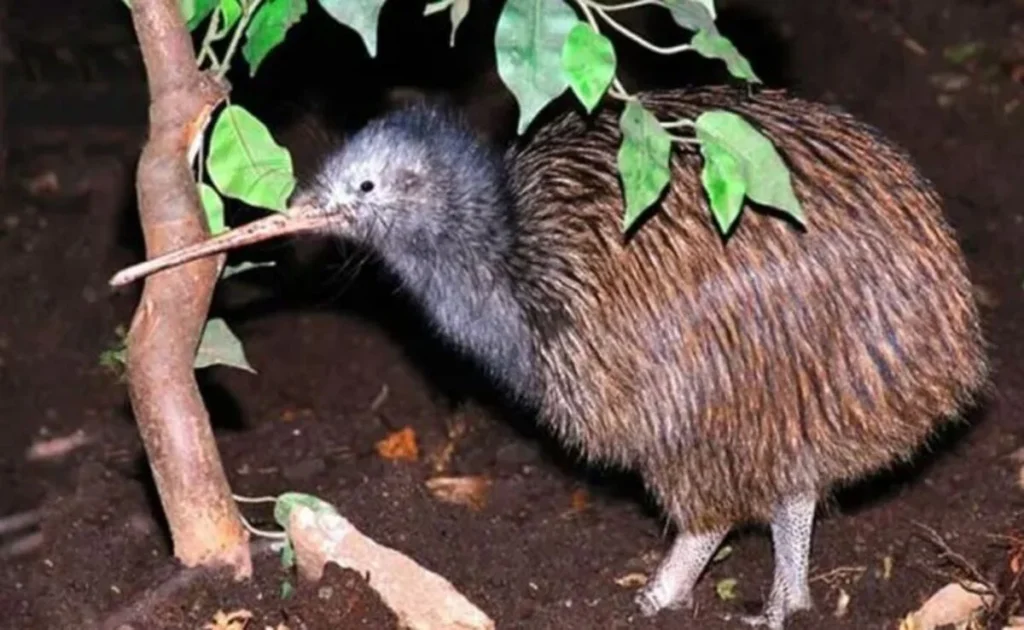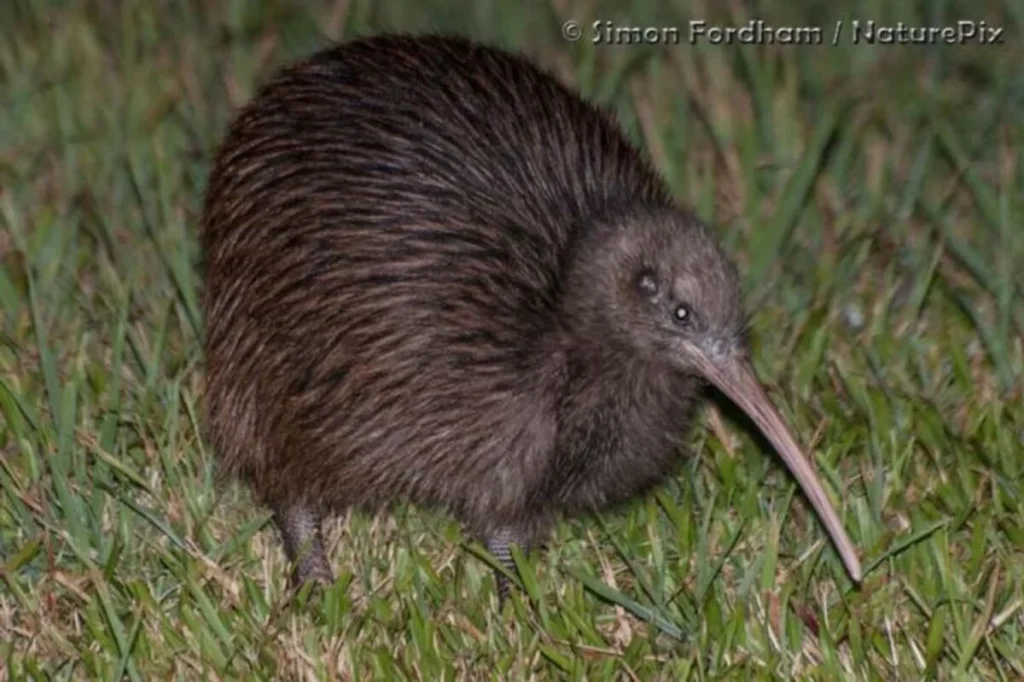In the world of unique birds, the kiwi and the cassowary stand out for their distinct features and fascinating behaviours. The phrase ‘kiwi’ or ‘cassowary’ often brings curiosity about these birds and their significance.
Both birds belong to the group of ratites, but they inhabit very different environments and exhibit distinct traits.
This article will examine the similarities and differences between the kiwi and the cassowary, focusing on their biology, habitats, and cultural significance.
The Kiwi: New Zealand’s National Treasure

The kiwi is a symbol of New Zealand, famous for its small size and flightless nature. This bird is nocturnal, which means it is active at night and rests during the day. It has tiny wings, making flight impossible, but it compensates with a keen sense of smell, which is unusual for birds. The kiwi uses its long beak to search for insects and worms on the forest floor.
New Zealand’s dense forests provide the perfect habitat for the kiwi. Due to habitat loss and predators, kiwi populations are declining, which has raised conservation concerns. The bird is also culturally significant to the Māori people and serves as a national icon.
Key Features of the Kiwi
- Small, round body with brown, fluffy feathers
- Long, slender beak with nostrils at the tip for smelling.
- Strong legs adapted for running and digging
- Nocturnal habits with excellent night vision
- Lays one of the largest eggs relative to body size
The Cassowary: The Giant of the Rainforest
In contrast to the kiwi, the cassowary is a large and powerful bird native to the rainforests of Australia and New Guinea. Known for its striking blue and black plumage and helmet-like casque on its head, the cassowary is both fascinating and feared due to its strong legs and sharp claws.
Unlike the kiwi, the cassowary is diurnal, active mainly during the day. It plays a crucial role in seed dispersal, helping maintain the rainforest ecosystem.
Despite its intimidating appearance, the cassowary is generally shy and avoids humans, although it can become aggressive if threatened.
Key Features of the Cassowary
- Large, flightless bird with vivid blue and black feathers
- Helmet-like casque used for protection and display
- Powerful legs with dagger-like claws for defence
- A vital seed disperser in rainforests
- Diurnal behaviour, primarily active during the day
Kiwi or Cassowary: Comparison of Habitats and Behaviour
The kiwi and cassowary are both flightless birds, but they inhabit very different environments and exhibit contrasting behaviours. The kiwi is native to New Zealand’s temperate forests, where it is primarily active at night, making it a nocturnal bird. It uses its strong sense of smell and long beak to forage for insects and worms on the forest floor.
On the other hand, the cassowary is found in the tropical rainforests of Australia and New Guinea. Unlike the kiwi, the cassowary is diurnal, meaning it is active during the day. This bird plays a crucial role in its ecosystem by dispersing seeds through its droppings, thereby helping to maintain the health of the rainforest.
The kiwi is shy and endangered, whereas the cassowary is larger and more powerful, sometimes showing aggression if threatened. Both birds have evolved unique adaptations to survive in their respective habitats, but their behaviours and environments highlight the diversity of flightless birds.
Conservation Status and Efforts
Both the kiwi and the cassowary face threats that endanger their populations, primarily due to habitat loss and the introduction of predators. The kiwi, native to New Zealand, has experienced significant declines due to predation by invasive animals, including cats, dogs, and stoats. Conservation efforts in New Zealand focus on controlling these predators and protecting the kiwi’s natural forest habitats.
On the other hand, the cassowary, found in the rainforests of Australia and New Guinea, faces challenges such as habitat fragmentation caused by logging and road development. Additionally, collisions with vehicles pose a risk to cassowaries.
Conservation programs aim to preserve rainforest habitats and promote coexistence between humans and cassowaries. Both species benefit from dedicated conservation work, which is crucial to ensuring their survival for future generations.
Why Study Kiwi or Cassowary NYT?
Studying the kiwi or cassowary provides valuable insights into biodiversity, evolution, and conservation. These birds represent unique evolutionary paths among flightless birds, highlighting how species adapt to different environments.
Understanding their behaviours and habitats helps raise awareness about the importance of protecting endangered species and maintaining ecological balance. The growing attention on kiwi or cassowary news reflects the need to promote knowledge and action to conserve these remarkable birds.
Key Reasons to Study Kiwi and Cassowary
- They showcase unique evolutionary adaptations, such as being flightless birds.
- Both play critical roles in their ecosystems, such as seed dispersal and insect control.
- Their conservation status helps track the impact of habitat loss and human activity.
- Studying them supports environmental education and cultural appreciation.
- They serve as flagship species for conservation programs in their regions.
Both kiwi and cassowary teach us about nature’s diversity and the urgent need to protect fragile ecosystems. Their study inspires conservation efforts and helps build a sustainable future for both wildlife and humans.
Conclusion:
The kiwi and cassowary are two extraordinary birds that showcase nature’s diversity in remarkable ways. Despite both being flightless ratites, their differences in size, habitat, behaviour, and ecological roles highlight how evolution shapes species to adapt uniquely to their environments.
The kiwi, with its nocturnal lifestyle and strong cultural significance in New Zealand, contrasts beautifully with the robust and vibrant cassowary, a vital seed disperser of tropical rainforests.
Protecting these birds is essential, not only because they are symbols of their regions but also because their survival maintains the health of their ecosystems. Conservation efforts continue to play a crucial role in ensuring these incredible creatures do not fade away.
By learning about the kiwi and cassowary, we gain insight into the delicate balance of nature and the importance of preserving biodiversity worldwide.
Whether you are curious about kiwis or cassowaries, or simply fascinated by flightless birds, these species offer a compelling story of survival, adaptation, and environmental stewardship.

